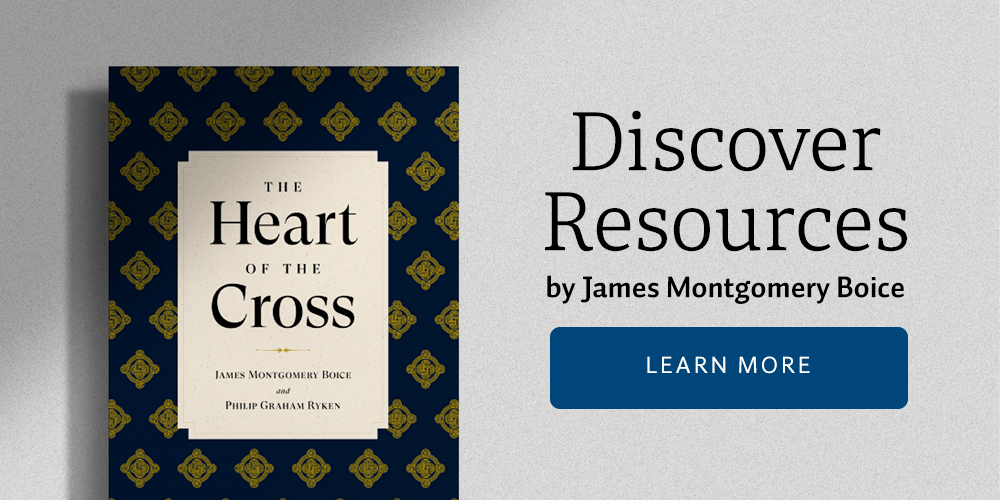The third channel through which John gained knowledge of Christ was touch, for he tells his readers that the apostles had “touched” Him, adding “with our hands.” This is the most intimate experience of all. Westcott says that “there can be no doubt that the exact word is used with a distinct reference to the invitation of the Lord after his resurrection,”1 and this is probably true. At all events, it is the word Christ used when he said, “Behold my hands and my feet, that it is I myself; handle me, and see; for a spirit hath not flesh and bones, as ye see me have” (Luke 24:39). It is the experience preserved by John’s own account of Christ’s appearance to Thomas, though the word itself is not used in that narrative (John 20:24-28).
As objective and tangible as the revelation of God in Christ was, this would nevertheless have gone unnoticed by John and the others unless God had also intervened to reveal Christ to them subjectively. This seems to be the meaning of the twofold repetition of the word “manifested” in verse 2. In the first instance it refers merely to the fact of the incarnation: “the life was made manifest.” It refers to the same point of which John is speaking in the prologue to the Gospel when he says that the true light “was in the world, and the world was made through him, yet the world knew him not” (John 1:10). In the second instance, however, the reference is to the life having been revealed to John personally: “and was made manifest to us.” This refers to the point at which the disciples “beheld his glory” or “believed.”
No one today can repeat the objective experiences of Christ possessed by the apostles. That is why we need their testimony to Christ as preserved in their writings. Nevertheless, we can and must repeat their subjective experience as, on the basis of the objective revelation, the Holy Spirit makes Christ alive and real both to our minds and hearts.
The historical Jesus and a personal commitment to Him belong together. In John’s day this was the antidote to the heresy that would have separated the historical Jesus from the so-called Christ of faith. In our day it is equally valid as an antidote either to any who would, on the one hand, attempt to “demythologize” the faith through science or the mystical experience or who, on the other hand, would substitute an historical but distant Christ for a personal commitment to Him by which He becomes both the Savior and the Lord of life.
The message which John and the other apostles received was not only for themselves. Rather, it was for the whole world, as Jesus commanded (Matt. 28:19-20; Mark 16:15; Acts 1:8). Here was a striking contrast with the Gnostics and, by extension, with any other kind of exclusive Christianity. The Gnostics wanted to establish a fellowship of the intellectually elite. The apostles, by contrast, were attempting to proclaim Christ to the world.
There are three words which John uses in describing how the Gospel is shared. First, he says, “we bear witness” to what we have seen and heard. This word (martyrein) is a very important word of John’s Gospel. Originally it comes from the courts of law and denotes the bearing of testimony to that which one has seen. In the Gospel Jesus is said to have borne witness to the Father because He has seen the Father and is willing to reveal Him (John 3:31-32; 18:37). In the same way the disciples are called to bear witness of Jesus because they had experienced Him firsthand during the three-year ministry (John 15:27).
1B. F. Westcott, The Epistles of John (Grand Rapids, MI: Eerdmans, 1960), 6.






